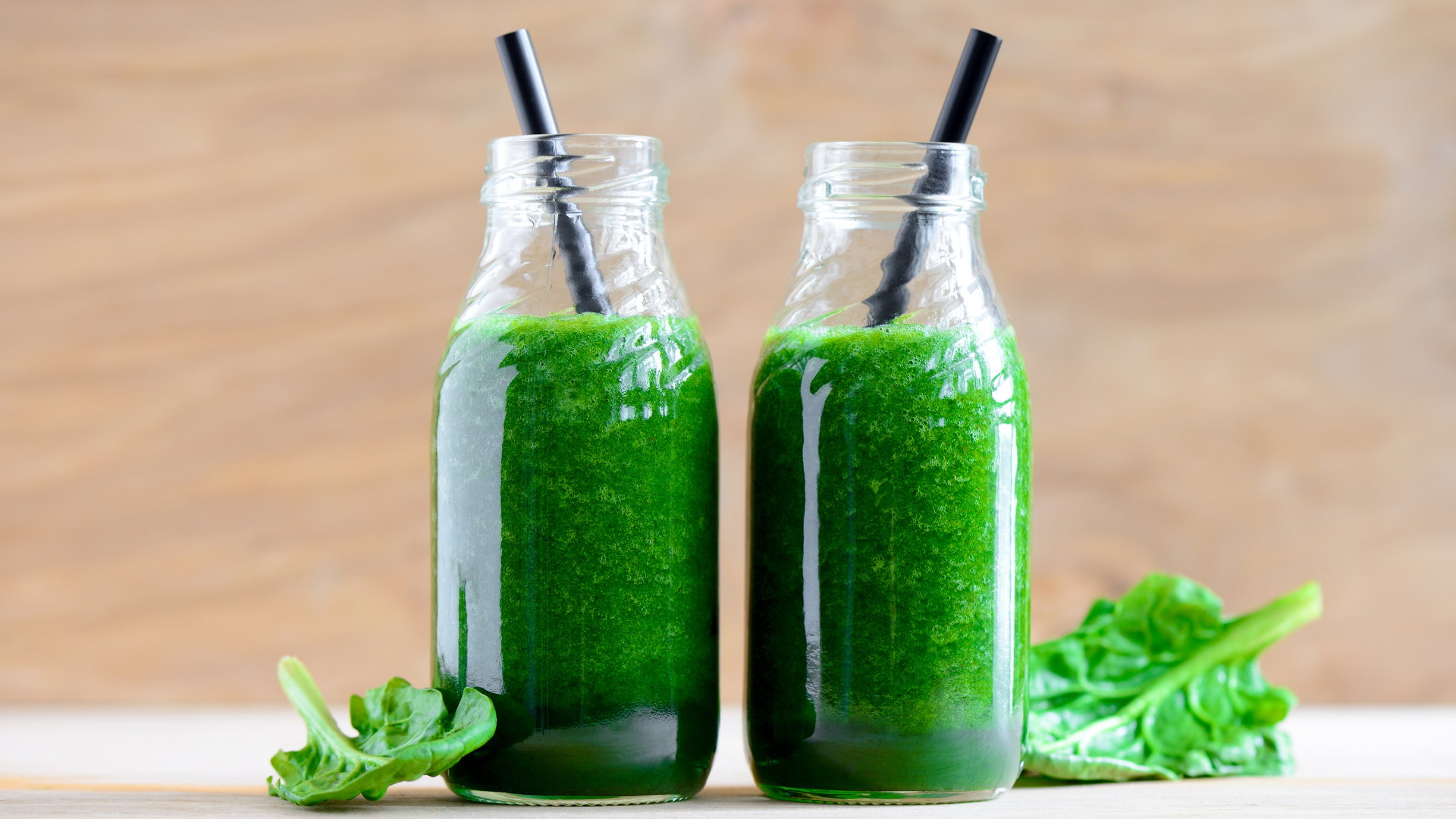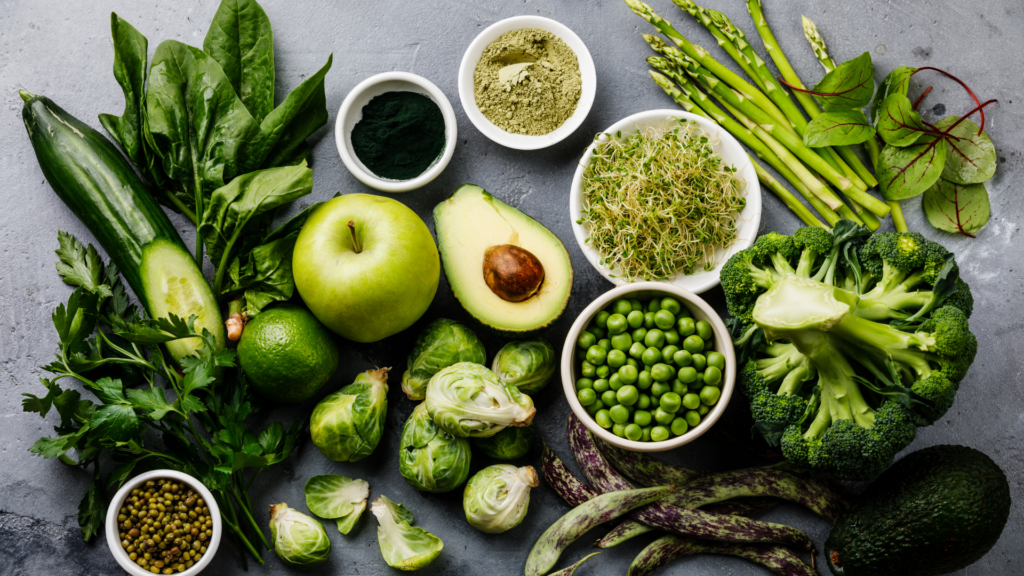Imagine a world where every bite you take is free from harmful pesticides, brimming with nutrients, and bursting with natural flavor. Welcome to the world of clean greens! They’re not just a food trend, they’re a lifestyle choice that’s transforming the way we view our plates and our health.
From farm to table, clean greens are revolutionizing the food industry. They’re grown without synthetic fertilizers, treated with minimal processing, and delivered fresh to your doorstep. But what’s the real deal behind these vibrant veggies? Let’s take a deep dive into the clean greens movement and discover how it’s reshaping our diet, health, and the environment.
Clean Greens
The Definition of Clean Greens
In essence, clean greens embody a holistic approach to agriculture. They’re grown without pesticides or synthetic fertilizers. Instead, organic techniques—such as crop rotation and compost—nourish the soil, promoting healthy, robust plants. Minimally processed and delivered fresh, clean greens stand for purity, with every bite echoing its natural origins. This concept extends beyond mere consumption, planting seeds for a healthier earth and healthier human bodies.
The Health Benefits of Consuming Clean Greens
The consumption of clean greens confers numerous health benefits. The reason – these greens brim with essential vitamins, minerals, and antioxidants, offering much more than just the basic nutritional content.
 Nutritional Content of Clean Greens
Nutritional Content of Clean Greens
Clean greens, particularly leafy vegetables like kale, spinach, and lettuce, radiate with rich nutritional components. They’re abundant in vitamins A, C, and K, which are pivotal to optimal health. Other nutritive elements include vital minerals such as iron, calcium, potassium, and magnesium. Moreover, they display a high fiber content, aiding digestion and promoting gut health. For instance, a single serving of kale provides approximately 8% of the daily dietary fiber requirement.
The high nutrient content doesn’t stop at vitamins and minerals. Clean greens also hold powerful antioxidants, specifically phytochemicals and flavonoids. These natural substances protect the body’s cells from potentially harmful free-radical damage. The sprouts of broccoli, for example, contain sulforaphane – an antioxidant that studies show, curtails cellular damage and wards off chronic diseases.
How to Recognize Clean Greens
Recognizing clean greens requires an understanding of essential characteristics synonymous with quality organic produce. The reader needs to know how to identify organic labels, sensory indicators of freshness, and purity. This section provides detailed insights into these crucial markers.
Identifying Organic Labels and Certifications
An efficient strategy for recognizing clean greens focuses on labels and certifications. Most organic food products carry certified organic labels, acting as seals of assurance regarding their organic status. For instance, the USDA Certified Organic label signifies that the product meets national organic standards.
Sensory Indicators of Freshness and Purity
Apart from labels, it’s possible to discern the quality of greens through sensory cues. When selecting greens, vibrant color, crisp texture, and a fresh aroma serve as indicators of freshness and purity. Clean greens typically exhibit a bright, uniform color, free from any blemishes or dark spots.
Preparing and Storing Clean Greens for Optimal Freshness
Continuing from clean greens’ cultivation and sustainable harvesting, the focus shifts towards their preparation and storage. Proper care elevates the longevity  and nutrient-retention of leafy greens post-harvest.
and nutrient-retention of leafy greens post-harvest.
Cleaning and Prepping Greens After Purchase
Firstly, regarding cleaning and prepping greens after purchase, gentle rinsing beats rigorous washing. Immerse your greens in a large bowl of cool water, allowing dirt particles to fall to the bottom. A thorough yet careful rinse ensures the removal of superficial impurities. Drain those clean greens using a salad spinner if available or just pat dry with a clean towel.
Must Know
Embracing clean greens isn’t just a healthy choice—it’s a lifestyle that bolsters both personal wellness and environmental sustainability. Recognizing organic labels and understanding sensory indicators are key to selecting the freshest produce. By incorporating best practices in growing and harvesting, one can ensure a sustainable supply of nutritious greens. Proper post-harvest care, including gentle rinsing, stem trimming, and strategic storage, can significantly extend the freshness of these greens.
